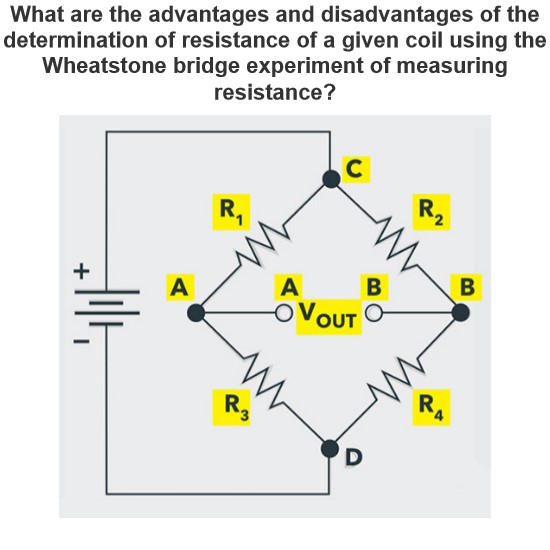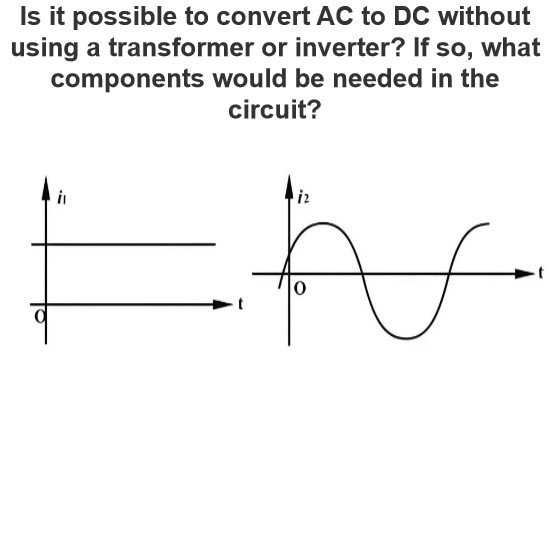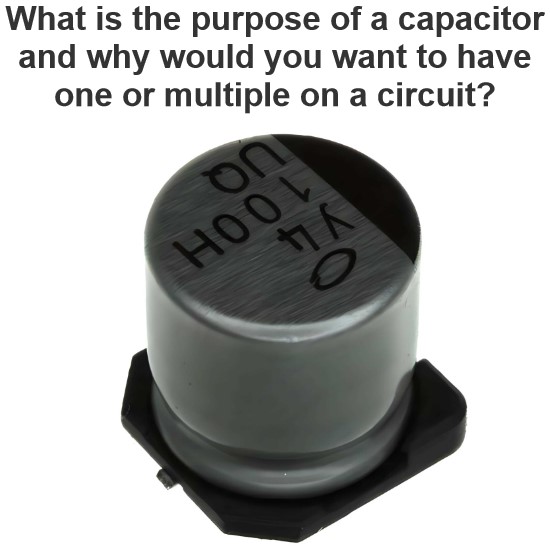What is the purpose of using capacitors to reduce reactive current flow or magnetizing current?
The purpose of using capacitors to reduce reactive current (also known as magnetizing current) is mainly to increase the Power Factor (PF) of the power system. The power factor is a measure of the ratio of the actual energy used in an electrical system (active power) to the total apparent power (active power plus reactive power). Increasing the power factor helps to improve the efficiency and reliability of the power system. The following is a detailed explanation of the specific purpose of using capacitors to reduce reactive current and how to improve the power factor:
Use capacitors for the purpose of reducing reactive current
Reduce line losses: Reactive current creates voltage drops and losses on the power transmission line. By reducing reactive current, these losses can be reduced, thereby improving system efficiency.
Increased system capacity: Reducing reactive current means that more system capacity can be freed up to transmit useful active power, which is especially important for power companies as it reduces the need to invest in new infrastructure.
Improved voltage regulation: Reactive current can affect voltage levels, especially for remote end users. By reducing reactive current, voltage regulation can be improved to ensure voltage stability for the end user.
Lower electricity rates: Many electricity providers adjust electricity rates according to the power factor of customers. By increasing the power factor, you can reduce your electricity bill.
How to use capacitors to improve power factor
Shunt capacitors: Capacitors connected in parallel in a circuit can provide capacitive reactive power to offset the inductive reactive power generated by inductive loads (such as motors, transformers). The reactive power provided by the capacitor can compensate the reactive power demand of the induced load, thereby reducing the total reactive power absorbed from the power supply.This method is suitable for areas with large reactive current, and can be centrally managed to reduce the complexity of installing decentralized compensation devices.
Centralized compensation: A set of capacitors is installed centrally at the substation or switchboard to provide reactive power compensation for the entire power supply area.
Distributed compensation: Capacitors are installed near each electrical device to directly provide reactive power compensation for nearby loads. This method is suitable for the case of a wide distribution of reactive current, and can compensate reactive power more accurately.
Automatic control: Using the capacitor bank with automatic control function, the capacitor can be automatically inserted or removed according to the actual load changes to maintain the optimal power factor. The automatic control system can dynamically adjust the compensation amount to ensure that good power factor is maintained under different load conditions.
Practical application
Household electricity: Installing capacitors in the home distribution box can reduce the reactive current generated by household appliances (such as refrigerators, air conditioners, etc.).
Industrial electricity: In large factories or data centers, increase power factor by installing capacitor banks in the distribution system to reduce electricity bills.
Sum up
By installing shunt capacitors in power systems, reactive current can be effectively reduced and power factor can be increased, which brings a series of benefits, including reduced line losses, increased system capacity, improved voltage regulation and lower electricity bills. Selecting the appropriate compensation method and capacity is the key to improve the power factor.
The Electricity Encyclopedia is dedicated to accelerating the dissemination and application of electricity knowledge and adding impetus to the development and innovation of the electricity industry.




